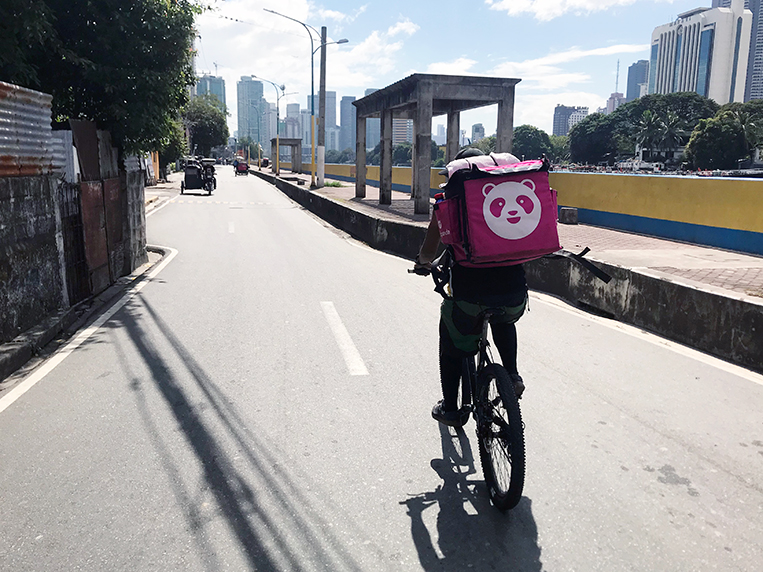
In a megalopolis where people characterize biking as an activity for the desperate or the insane, the virtues of the humble bicycle are starting to be appreciated by more and more commuters. Anyone who has actually tried commuting by bicycle in the Philippines quickly discovers that it saves time on trips to and from work. But if you live in Metro Manila, you may have noticed bicycles doing something else. If you spend time in the thick of our business districts, pay attention and you’ll see more and more bicycles clad in liveries of various food-delivery services.
It’s one thing to bike to work and back, but running a business fleet of delivery bicycles is a whole different story. Can it really be done? Recent data from Deliveroo, a British food courier company operating in 13 countries, had some interesting findings: Among the different types of vehicles used by the app’s self-employed contractors (including cars, motorcycles, motor scooters and bicycles), guess which one came out on top? The humble two-wheeled bicycle beat out all the other modes running on motor power—like it does in any rush-hour stunt race. The difference is that this is one of the first times the contest among modes was observed in a real-life test case, so the naysayers can definitely take that for data, as they say.
What exactly makes bicycles so much better for deliveries? The key to the bicycle’s power lies in a few simple qualities:
1. Riders on bicycles can maintain a consistent, “city-proof” travel speed. This is something that quickly becomes obvious to anyone commuting on a bike for the first time, but this is worth spelling out to people who don’t get it. When traffic is flowing, cars and motorcycles breeze by them, but when the traffic inevitably halts at a stoplight, bicycles can weave through to the front of the line and catch up completely. Bicycles also have the option of moving like pedestrians and crossing at walking speeds on sidewalks and on crosswalks, and using sidewalks to go the other way on one-way streets, shaving precious minutes off each trip.
2. Bicycles cost much less to own and maintain than motorized vehicles. Bicycles do not require a license, registration or insurance to pilot, and are powered by human effort, not gasoline. Maintenance of bicycles is also much cheaper than that of cars through official service centers. Companies can improve their bottom line if they can switch from motorcycles to bikes while keeping the same output. Since bikes don’t run on gas, companies need not have a complicated and leakage-prone fuel purchase system. The overheads from that alone can be costly.
3. It’s much easier for bicycles to park for deliveries. One of the most time-consuming aspect of the delivery process is the driver having to park the vehicle and deliver the food to the customer. Bicycles often have leeway to park right in front of apartment or office buildings, on the sidewalk, while the customer comes down to pay and collect the delivery. Bicycles can do this because they are small enough to not obstruct sidewalks.
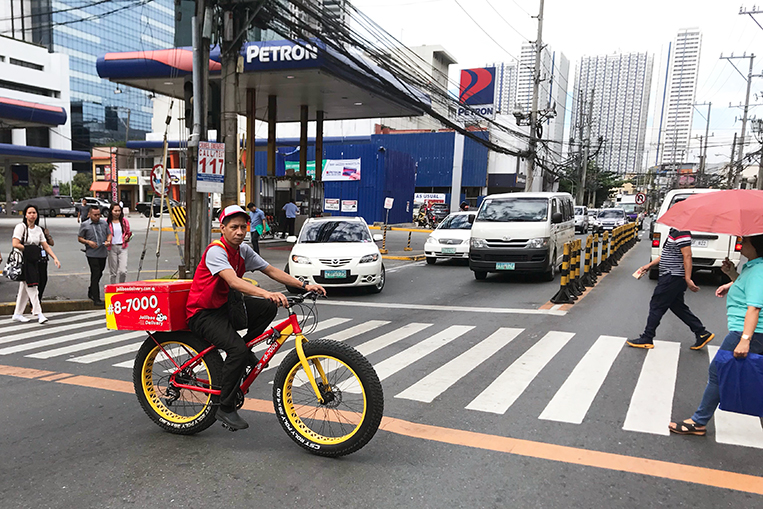
It’s not just newfangled app-based delivery services that have caught on to bicycles. The Jollibee Group has started using “fat bikes”—bicycles with large, high-volume tires—to deliver orders for Jollibee and Mang Inasal. If one of the most successful companies in the country is switching to bikes for its business, could it be a smart decision for other firms that currently rely on motorcycle fleets?
Some readers will raise a very valid point that there are ethical questions worth asking about policies on cycling. If many of us feel that the streets of Metro Manila are too dangerous to bike on, how can we be okay with a greater proportion of our workers being subjected to admittedly hazardous conditions? Should companies like Jollibee, which has already been criticized for allegedly exploiting its workers, be celebrated for cutting costs while putting more workers in harm’s way? Shouldn’t these firms consider hazard pay and ensure their biking workers have helmets and insurance?
If one of the most successful companies in the country is switching to bicycles for its business, could it be a smart decision for other firms that currently rely on motorcycle fleets?
Other questions on bike fleets are interesting as well. Should workers on bicycles get additional food allowance because they burn more calories? With electric bicycles on the rise, will we embrace the use of these devices (like in Europe) or are we headed for a tedious back-and-forth on them (like in New York City)? E-bike delivery workers in New York City are reportedly able to make up to 30 deliveries in a day. That’s efficiency!
Where should we start on bicycle delivery fleets? Before we get into specifics, government at the national and local levels must have the goal of encouraging more cycling and promoting a mode of transport that is space-efficient and environment-friendly. Then, with this goal in mind, enable a better environment for cycling through sensible policies and projects. If biking is this good for business, it should be clear it’s good for everyone in the city. Let’s ask our leaders to do the right thing.


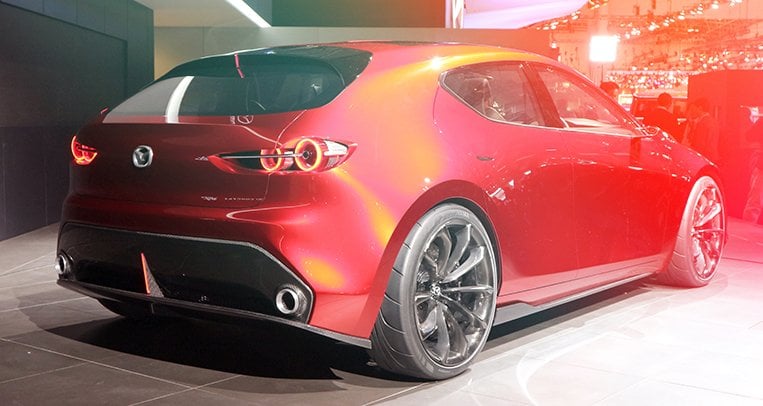
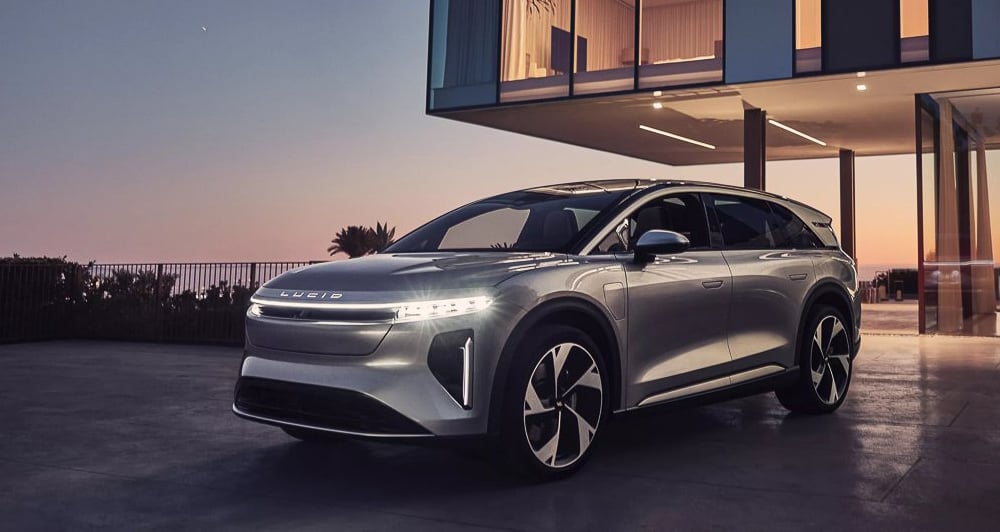
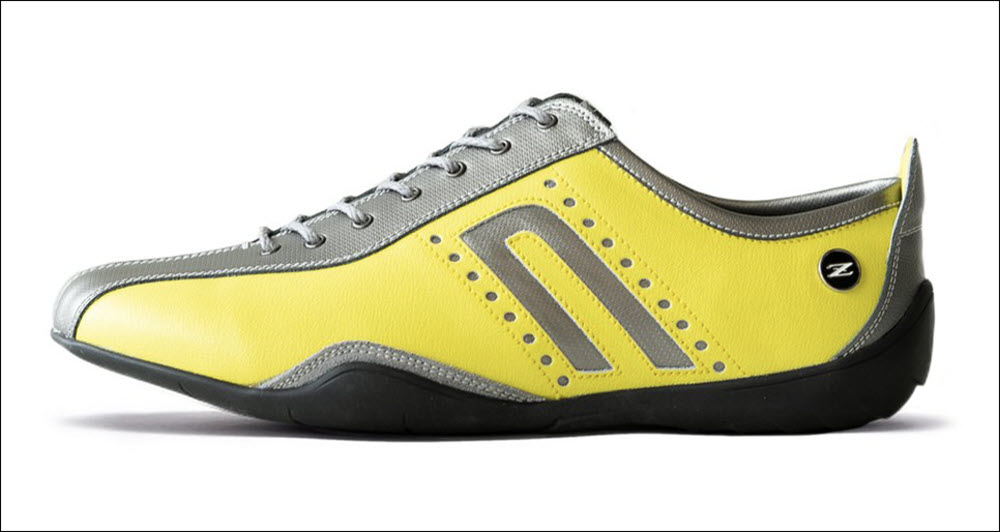
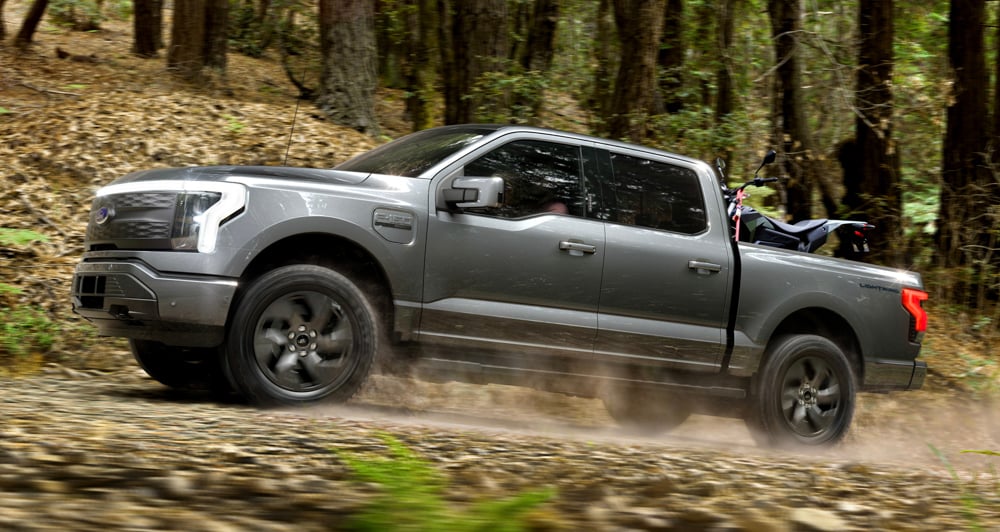

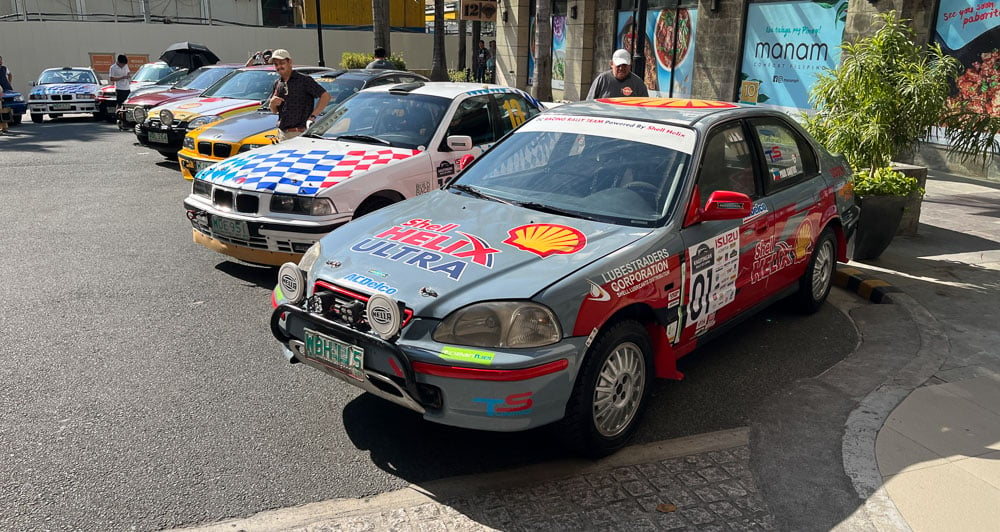

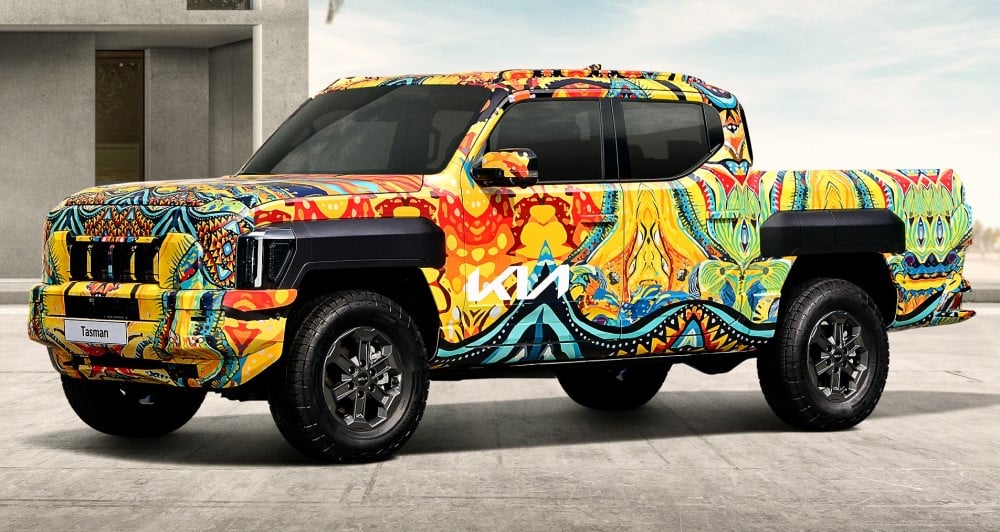
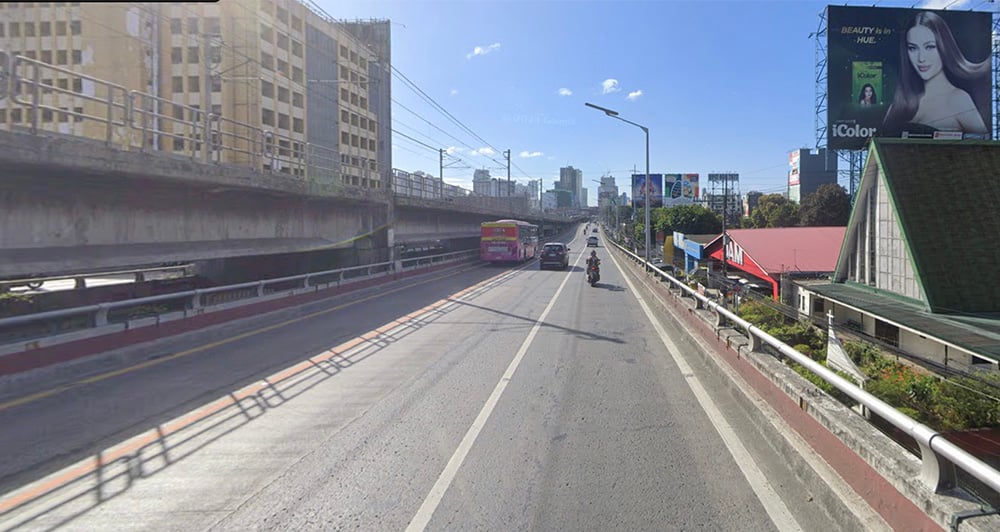
Comments